

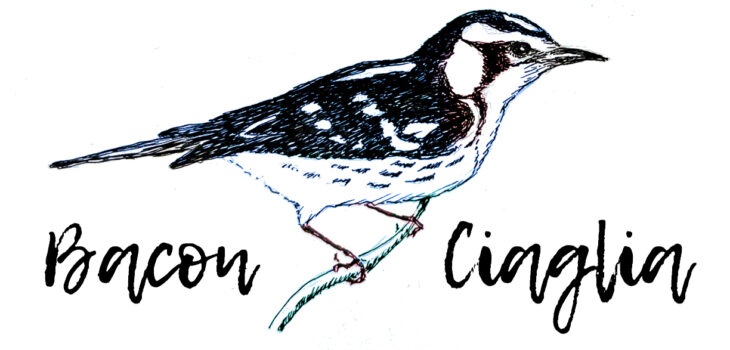
This is a tune that was published with our most recent book. We are experimenting with ways to offer free music. Click on the music below to access a free PDF download.
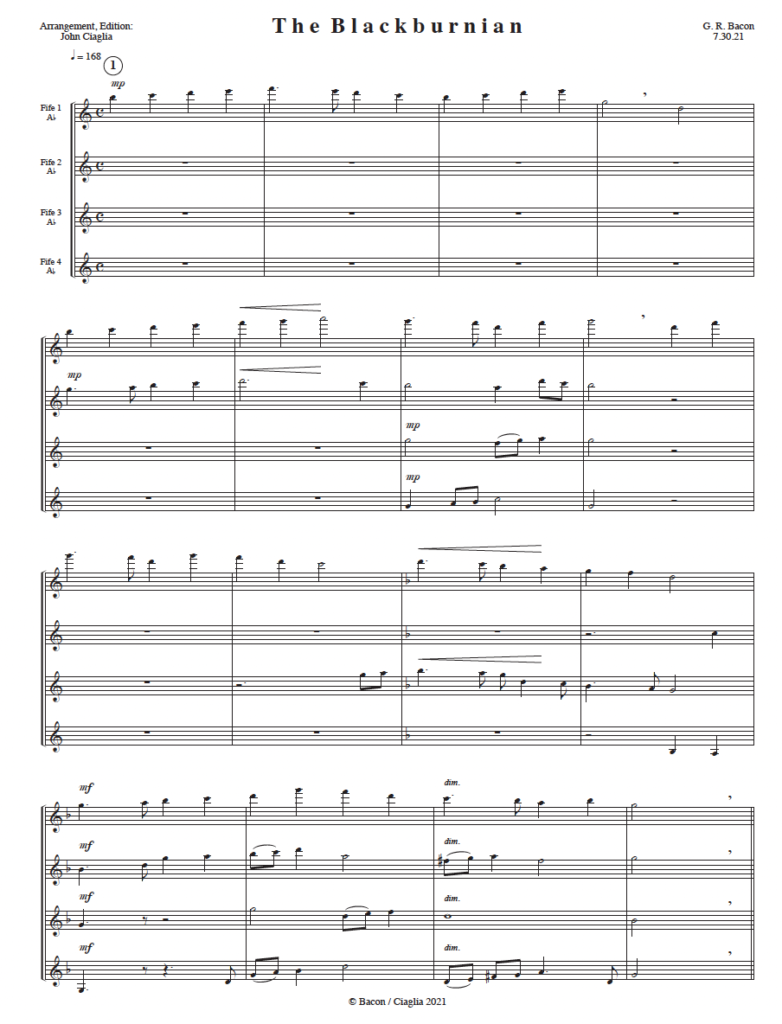
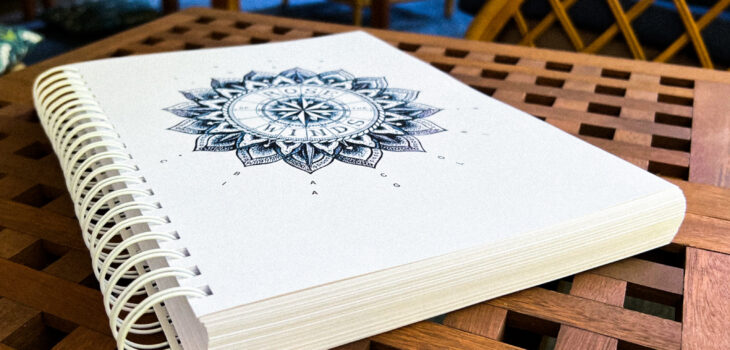
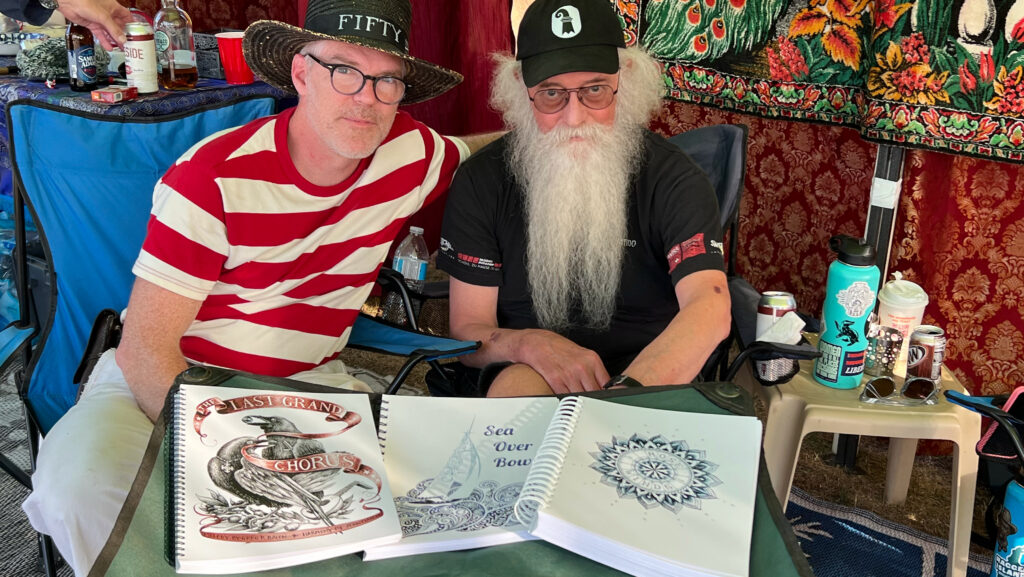
Exciting weekend at Westbrook Muster where John Ciaglia and I released our third book. You can learn more about the book and how to purchase here.
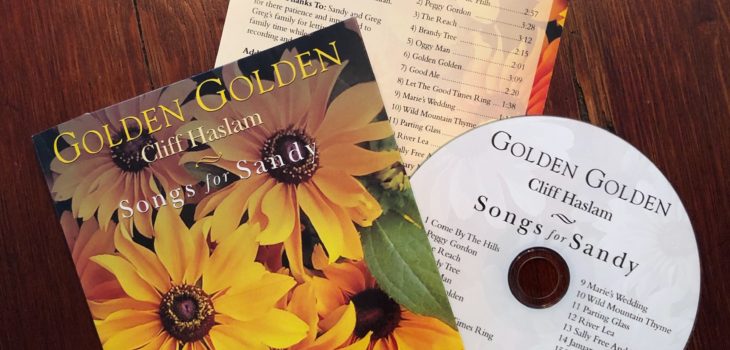
I’m super excited to announce the release of the very first album from my BaconWorks Studio. The album captures an up-close and personal recording of the acclaimed Cliff Haslam, and is called Golden Golden.

Cliff, born just outside of Liverpool, England, has performed his unique brand of ballads, chanteys and old English folk songs in festivals all over the world. In addition, he has owned Monday evenings at the Grizwold Inn in Essex, CT for over forty years, and it’s an experience not to be missed.
This is Cliff’s second solo studio recording, though he is on many other live albums. His first solo album was released in 1983, so when he announced the arrival of this new record at this year’s Sea Music Festival in Mystic, CT, the audience erupted with applause, and someone yelled out, “Finally!”
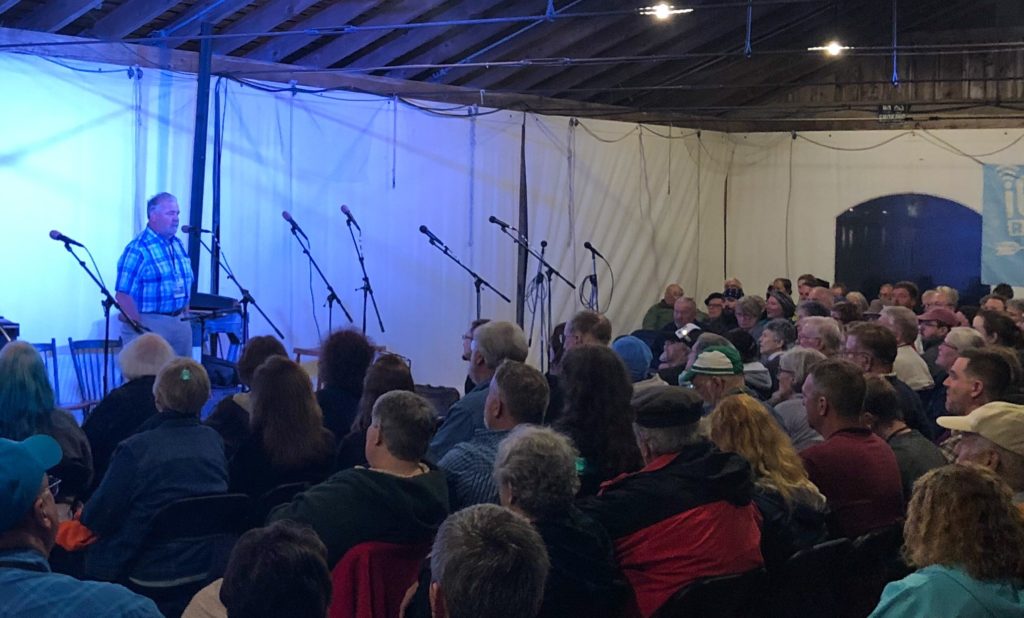
It was a real honor and pleasure to work with Cliff on this recording, and I hope that anyone that listens gets as much joy out of the treasure that is Cliff Haslam as I do.
You can order this album directly from www.cliffhaslam.com, and I suspect it will be on CD Baby soon.

John Ciaglia  and I have been diligently writing new music since the release of The Last Grand Chorus in 2016, and are now excited to present the results of our latest collaboration in a book called Sea Over Bow, which will be available on July 20, 2018! Greg’s melodies are influenced from a variety of traditions including music for the fife; Celtic jigs, reels, hornpipes; sea chanties; and even French bransles. Meanwhile the harmonic arrangements have been masterfully crafted by Ciaglia. Ciaglia’s writing was described in our last book by Jim Clark:
and I have been diligently writing new music since the release of The Last Grand Chorus in 2016, and are now excited to present the results of our latest collaboration in a book called Sea Over Bow, which will be available on July 20, 2018! Greg’s melodies are influenced from a variety of traditions including music for the fife; Celtic jigs, reels, hornpipes; sea chanties; and even French bransles. Meanwhile the harmonic arrangements have been masterfully crafted by Ciaglia. Ciaglia’s writing was described in our last book by Jim Clark:
No one, to my knowledge, has written more multi-part arrangements for the fife, and no one has done so with a firmer grasp of and sincere dedication to the principles of eighteenth century harmony (leavened with occasional forays into a kind of neo-Bartokian modal vocabulary).
~ James Martin Clark, Ph.D.
The book includes 125 pages of music, each tune arranged in four voices. If you are interested in purchasing a copy, please contact me and I will reserve a copy for you. The price is $30.
You can hear examples of the music on soundcloud:
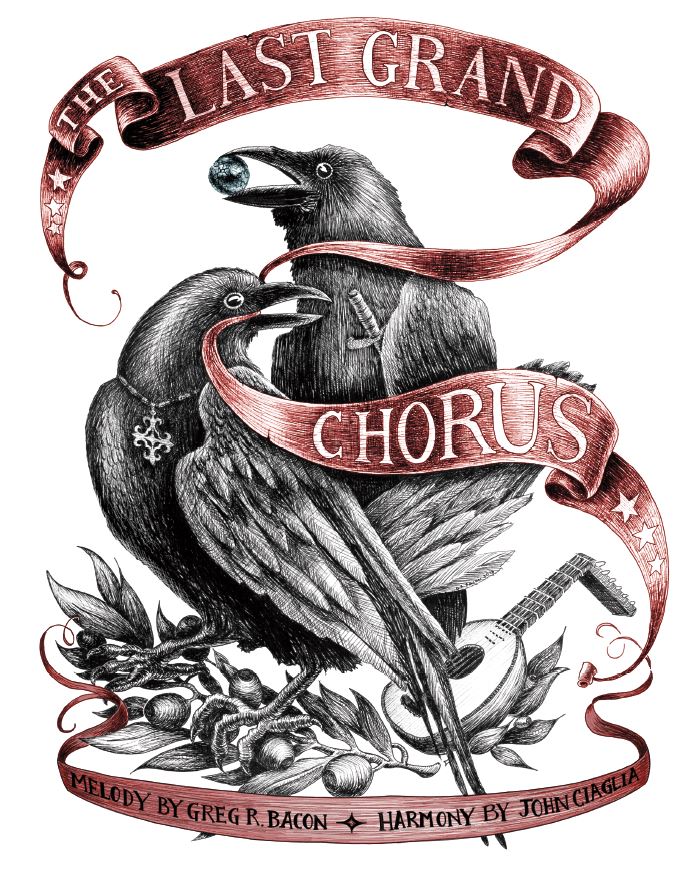
The Last Grand Chorus is a new book of music that was published in July 2016 by Greg Bacon and John Ciaglia. Greg is the author of all the melodies, while John is the master behind all of the harmony arrangements. There are over seventy-five original melodies that are drawn from the traditions of early American martial music, inspired by Celtic jigs, reels, hornpipes, and salted with sounds that hint at the great sea chanties from the past. Each melody is beautifully accompanied with harmonies that are crafted in a style reminiscent of the Baroque era. Each of the 130 pages of music is arranged in four voices.
Listen to a few of the charts that will be included in the book!
Also, Here is an example from the book:
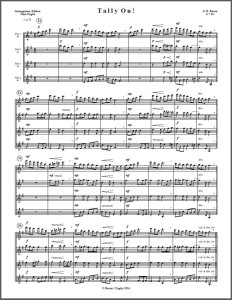
If you are interested in purchasing a copy, please contact me and I will reserve a copy for you. The price is $30.
Thanks!
Greg
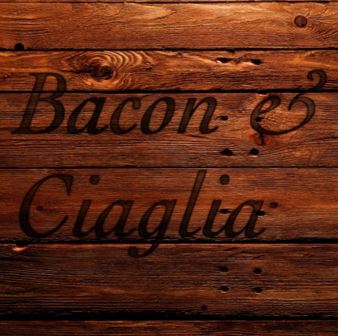
Back in nineteen-eighty-seven I went to the Westbrook Fife & Drum Muster where I bought my first fife and drum recording. It was a white cassette of the first Ancient Mariner album, which had been released seven years prior. It was one of the few Westbrook Musters where I couldn’t wait for the weekend to end. I desperately wanted to hear what was on that tape, and to do so required making the trek back home where my boom box sat waiting for me in my Massachusetts living room.
The tunes started to roll, White Cockade, Adams and York, and Sailors Hornpipe. I was immediately drawn in. I was then seduced by the singing of Ruben Ranzo and the seamless transition to Clapboard Hill. All of it great and exuberant, but also fully within the boundaries of what I had expected. I had, after all, been watching those barefooted bastions of sea music from the time I was a little boy and attending Sudbury Musters in the mid seventies. Just as side one was coming to a close, however, the boundaries of fifing as I understood them were breached.
Suddenly, from my crappy little speakers, came classical music fused with a complex matrix of fifes spinning around tunes that felt traditional, but not structured like other tunes I had learned. There were too many fifes for me to track and I went into a dizzy trance as the music moved from one tune to the next; a beautiful melodic waltz; a single fife sliding into a slip jig with the others soon in tow; tempo changes; jigs; reels; breaks; ornaments; teases; and something wild on the end that didn’t make any logical sense but seemed like the only way to end. I clawed for the liner notes, praying to God it wasn’t going to have some lame title like Sonata in D. It was… The Sea of Ale and the Dock Street Mermaid. Miraculous!
Hearing The Sea of Ale completely changed my relationship to music. After that I joined the Ancient Mariners. I started writing melodies. I signed up for a music theory class in my high school, even though I had never played in any school band, and the music teacher had no idea who I was. I would also sit for hours in front of a double cassette deck in my home, recording a melody onto one tape, then playing along to that recording while re-record both the playback and my playing onto the other tape. It was a poor mans way of overdubbing and multi-track recording. It sounded like shit. But I learned the basics of writing harmony and developed a lot critical listening skills.
I also discovered, through much of my own trial and error, that those beautiful harmonies on the Sea of Ale must have been created by someone with immense knowledge of classical music theory, and by someone that must have spent years honing the art of penning these beautiful contrapuntal settings. Writing harmony is freaking hard. You may be able to accidentally work your way into a single line harmony of passable merit, but writing something with four voices is akin to a tight rope walk over a canyon while juggling fire and whistling Dixie. The results would be disastrous for mere mortals.
I later learned the juggler and harmonic arranger of Sea of Ale is John Ciaglia. Through the years I got to know ‘Ciaglia’, as his friends call him. I marched in the Mariners with him, played in an occasional quartet, drank wine in the Kasbah, discussed music, and developed a true appreciation for his evolving art. Also, through all these years, I’ve continued to write new melodies.
Then, one day in early 2015, I got an email from Ciaglia out of the thin blue air. He had found a few tunes I had published years ago and wrote arrangements for them. Coincidentally I had just finished writing a new tune, so I sent that along and asked if he’d be interested in writing some parts for it as well. A few days later I received another email with a gorgeous arrangement of my plain little tune. From there a collaboration has ensued that has resulted in a hundred pages of quartets. A hundred pages!!! Me writing the melody, he writing the harmony.
For me it’s been a magical journey that started with first hearing the Sea of Ale, and now consumes me in a sea of writing. In the summer of 2016 we plan to publish these works. Until then, the writing continues and I offer to you this example that I received in my email today; a four voice arrangement of a melody that I wrote a few weeks ago called Cleopatra’s Needles.
I hope you can hear the enjoyment in what we are doing, and in turn find enjoyment in listening.